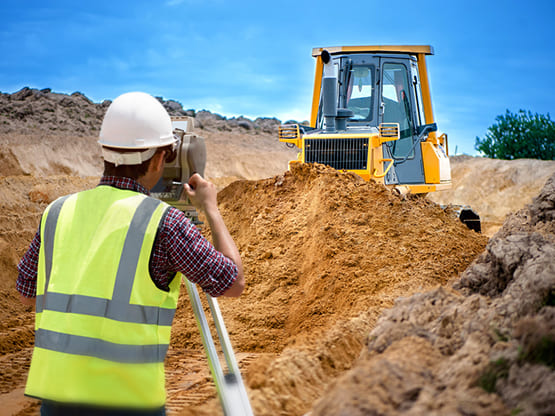
Subdivision surveying is a crucial step in the development of new residential, commercial, or industrial spaces. It involves transforming a blueprint or plan into a physical reality on the ground. This process requires a delicate balance of art and science to ensure that the intended design is accurately implemented while adhering to legal regulations and property boundaries.
At its core, subdivision surveying involves dividing a larger tract of land into smaller, individual lots or parcels. This requires surveyors to carefully measure and map out the boundaries of each section, taking into account factors such as topography, existing structures, and easements. By following the blueprint provided by the land developer or architect, surveyors can ensure that each lot is properly defined and aligned according to the original design.
The art of subdivision surveying lies in the attention to detail and precision required to accurately translate the blueprint onto the land. Surveyors must use specialized equipment such as total stations, GPS units, and drones to gather precise measurements and create detailed maps of the site. This information is essential for ensuring that the boundaries are clearly marked and that each lot is correctly positioned relative to neighboring parcels.
In addition to technical skills, subdivision surveying also requires a keen eye for design and layout. Surveyors must consider factors such as lot size, shape, and orientation when dividing the land, taking into account the overall aesthetics and functionality of the development. By carefully planning the layout of roads, utilities, and common areas, surveyors can create a well-organized and visually appealing subdivision that meets the needs of future residents or businesses.
On the science side, subdivision surveying involves a deep understanding of land surveying principles and regulations. Surveyors must be familiar with local zoning laws, subdivision ordinances, and property rights to ensure that the development complies with all legal requirements. This knowledge is essential for obtaining necessary permits, resolving boundary disputes, and ensuring that the subdivision is in full compliance with all applicable laws and regulations.
Another important aspect of the science of subdivision surveying is the use of advanced technology and software to streamline the surveying process. Digital mapping tools, CAD software, and GIS technology allow surveyors to create accurate maps and models of the site, helping to identify potential conflicts or issues before construction begins. This technology also enables surveyors to collaborate with other professionals, such as engineers and architects, to ensure that the subdivision design meets all technical requirements.
One of the key challenges in subdivision surveying is balancing the competing demands of various stakeholders, including land developers, government agencies, and local residents. Surveyors must act as mediators, working to address concerns and find solutions that satisfy all parties while also adhering to legal and technical requirements. This requires strong communication skills, diplomacy, and the ability to navigate complex regulations and land use issues.
In conclusion, the art and science of subdivision surveying play a crucial role in transforming a blueprint into a tangible reality on the ground. By combining technical expertise, design skills, and a deep understanding of legal requirements, surveyors can ensure that the development meets all specifications and is in full compliance with regulations. Whether creating a new residential neighborhood, a commercial shopping center, or an industrial park, subdivision surveying is essential for bringing the vision of developers and architects to life in a practical and sustainable way.